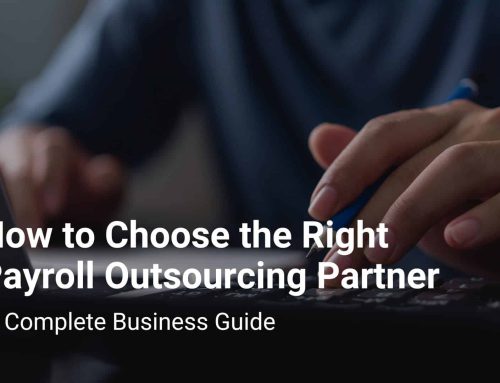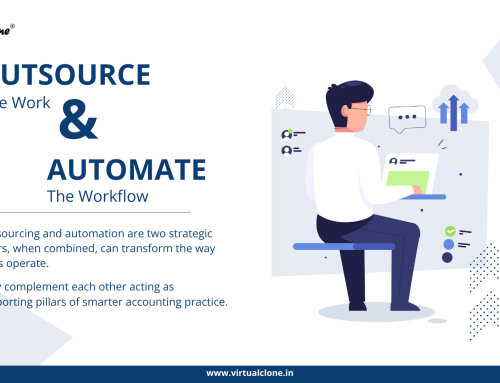The idea of “offshoring” has evolved dramatically over the past few years. It’s no longer just about cutting costs; it’s about strategic partnerships that unlock growth, access specialized talent, and enhance operational efficiency.
But in a vast sea of potential partners worldwide, how do you find the one that truly aligns with your business goals and values?
This guide will walk you through the essential steps and considerations for finding the perfect offshore partner, a collaborator who acts as an extension of your team, not just a vendor.
What Does “The Right Offshore Partner” Really Mean?
Before diving into the search for the “one”, define what “right” means for your business. The ideal offshore partner offers:
- Shared Vision: They understand your business objectives and how their services contribute to your overarching success.
- Cultural Alignment: Their team’s work ethic, communication style, and values resonate with your own company culture.
- Domain Expertise: They possess deep knowledge and experience in the specific tasks of your industry.
- Robust Infrastructure: They have the technology, security, and operational processes to deliver consistently high quality.
- Scalability & Flexibility: They can adapt to your changing needs, whether you need to scale up during peak seasons or adjust team sizes quickly.
- Transparency & Communication: Open, clear, and proactive communication is the bedrock of a successful long-distance partnership.
Step-by-Step: Your Roadmap to a Successful Offshore Partnership
1. Define Your Needs & Goals Crystal Clear
Before approaching any provider, get absolute clarity on what you want to achieve.
- Which tasks will you offshore? Be specific: customer support, software development, data entry, accounting, marketing, etc.
- What are your key objectives? Cost reduction, faster turnaround, access to specialized skills, increased capacity?
- What are your non-negotiables? Security standards, specific software proficiency, language fluency, and time zone overlap?
- What’s your budget? Understand your financial constraints, but be wary of “too good to be true” pricing.
Having a detailed scope of work (SOW) will be invaluable when evaluating partners.
2. Research, Research, Research (and don’t forget Referrals!)
This is where the real work begins.
- Online Search: Use specific keywords like “offshore software development partner,” “BPO services for finance,” or “offshore customer service India.”
- Industry Directories: Explore platforms like Clutch, GoodFirms, or even industry-specific directories relevant to your niche.
- Professional Networks: Leverage LinkedIn, industry forums, and business associations. Ask for recommendations from peers who have successfully offshored.
- Case Studies & Testimonials: Look for providers who showcase client success stories that align with your needs.
Create a shortlist of 5-10 potential partners based on initial research.
3. Deep Dive: Vetting Your Shortlist
Now it’s time to dig deeper into each potential partner.
- Request Proposals (RFPs): Provide your detailed SOW and ask for comprehensive proposals that include pricing models, team structures, project management methodologies, and timelines.
- Assess Expertise:
- Certifications: Do they have relevant industry certifications (e.g., ISO 27001 for security, CMMI for software quality)?
- Experience: How many years have they been in business? Do they have experience with clients in your industry or with similar project scopes?
- Team Skills: Ask for resumes of potential team members, conduct technical interviews if necessary, and assess language proficiency.
- Scrutinize Security & Compliance: This is paramount.
- Inquire about their data protection policies (GDPR compliance, HIPAA, etc., if applicable).
- Ask about their physical security measures, network security, and disaster recovery plans.
- Request security audit reports or certifications.
- Evaluate Technology & Infrastructure:
- Do they use modern, secure technologies?
- What’s their internet redundancy? Power backup?
- Are they compatible with your existing tech stack?
- Understand Communication & Project Management:
- What tools do they use for communication (Slack, Teams, Zoom)?
- What’s their project management methodology (Agile, Waterfall)?
- Will you have a dedicated account manager? How often are updates provided?
- Review Contracts & SLAs: Pay close attention to service level agreements (SLAs) regarding response times, quality metrics, and escalation procedures. Ensure clear termination clauses.
4. The Pilot Project: Your Ultimate Test Drive
Before committing to a large-scale engagement, insist on a small pilot project. This is invaluable for:
- Testing Quality: Assessing the actual output and adherence to your standards.
- Evaluating Communication: Experiencing real-time collaboration and problem-solving.
- Gauging Cultural Fit: Seeing how well your teams work together.
- Identifying Gaps: Uncovering any unforeseen challenges or areas for improvement.
A pilot project provides concrete evidence of a partner’s capabilities and commitment, far beyond what any proposal can convey.
5. Onboarding & Continuous Optimization
Once you’ve chosen your partner:
- Invest in Onboarding: Provide thorough training, detailed Standard Operating Procedures (SOPs), access to necessary tools, and clear expectations.
- Foster Relationships: Encourage direct communication between your in-house and offshore teams. Regular video calls, even informal ones, can build rapport.
- Monitor & Provide Feedback: Continuously track KPIs and provide constructive feedback. A good partner welcomes this and uses it for improvement.
- Evolve Together: Your needs may change, and technology will advance. A strong partnership is one that grows and adapts over time.
Conclusion: Your Global Team Awaits
Finding the right offshore partner is a strategic decision that can significantly impact the future of your business. By taking a methodical, due diligence-driven approach, focusing on clear communication, and prioritizing partnership over mere vendor relations, you can successfully extend your team across borders.
This enables you to achieve greater efficiency, tap into new talent pools, and ultimately, position your business for sustained growth in an ever-competitive market.




